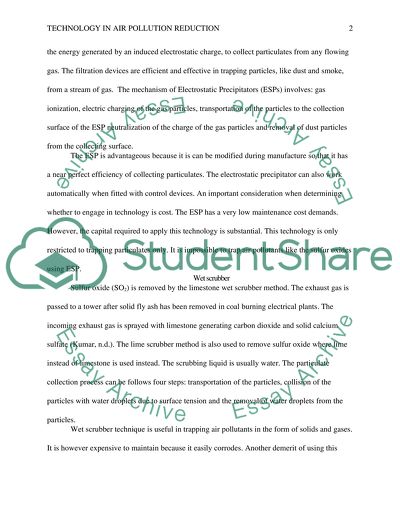Cite this document
(“Technology in Air Pollution Reduction Research Paper”, n.d.)
Technology in Air Pollution Reduction Research Paper. Retrieved from https://studentshare.org/environmental-studies/1473153-technology-in-air-pollution-reduction
Technology in Air Pollution Reduction Research Paper. Retrieved from https://studentshare.org/environmental-studies/1473153-technology-in-air-pollution-reduction
(Technology in Air Pollution Reduction Research Paper)
Technology in Air Pollution Reduction Research Paper. https://studentshare.org/environmental-studies/1473153-technology-in-air-pollution-reduction.
Technology in Air Pollution Reduction Research Paper. https://studentshare.org/environmental-studies/1473153-technology-in-air-pollution-reduction.
“Technology in Air Pollution Reduction Research Paper”, n.d. https://studentshare.org/environmental-studies/1473153-technology-in-air-pollution-reduction.


